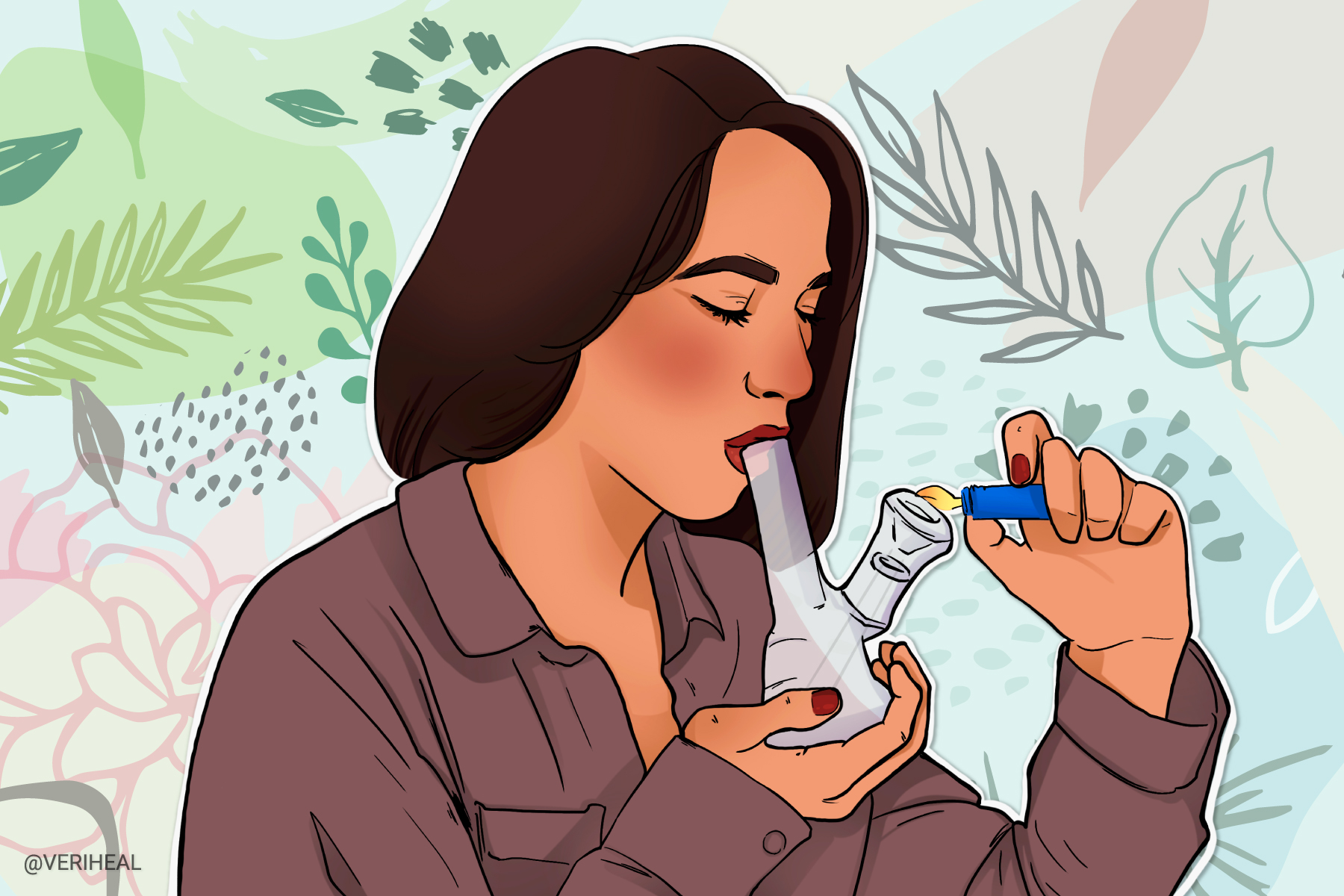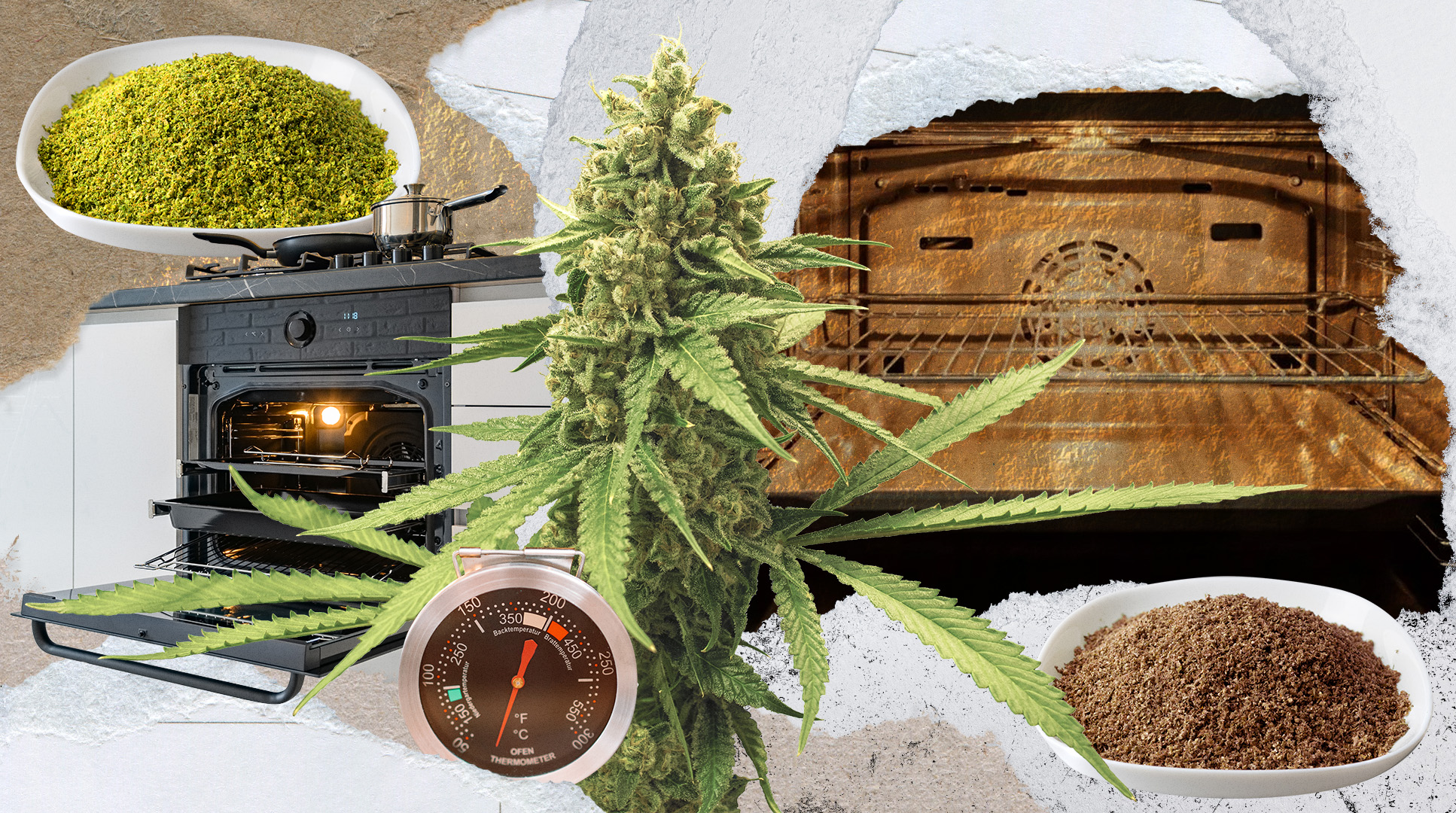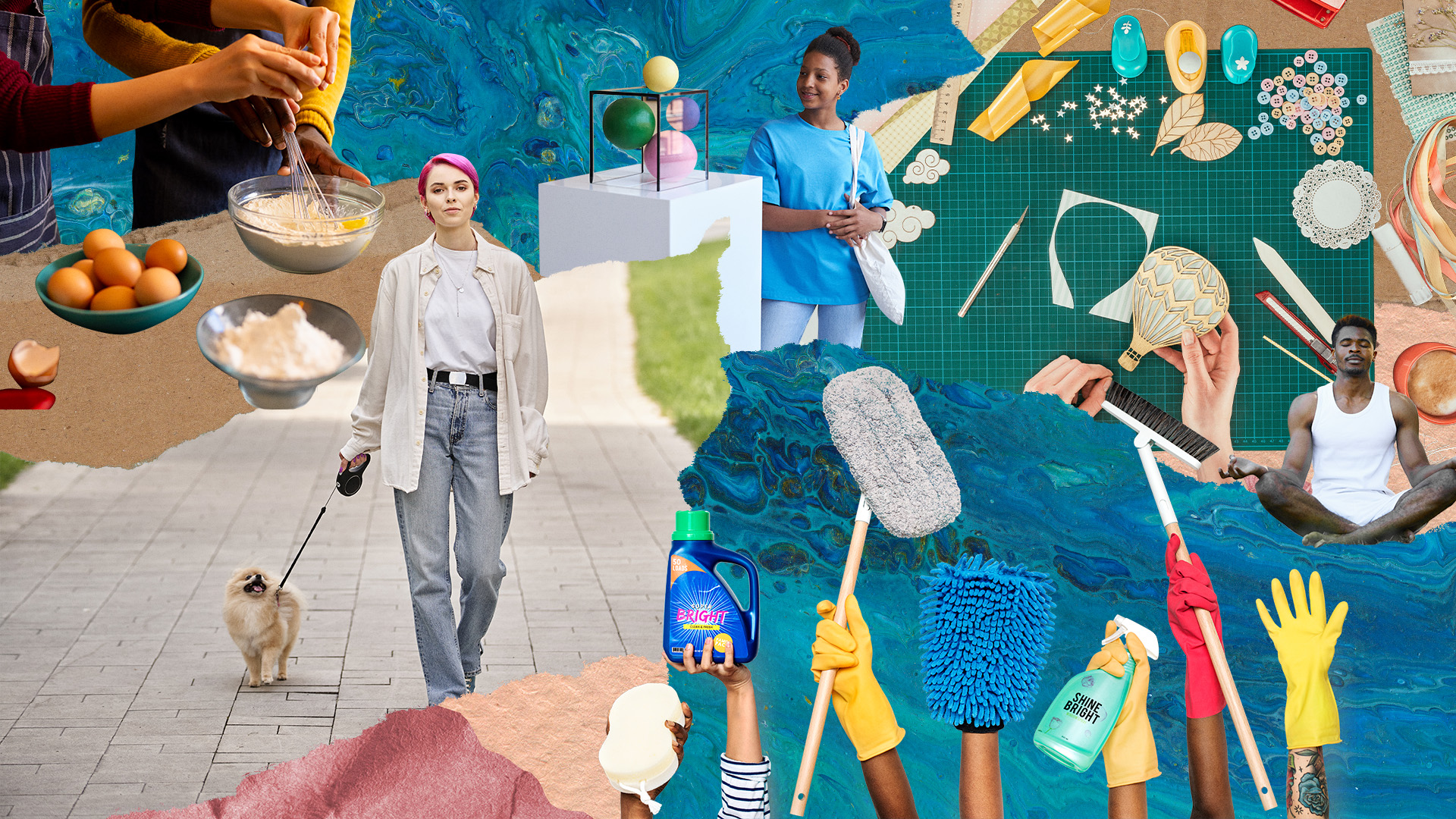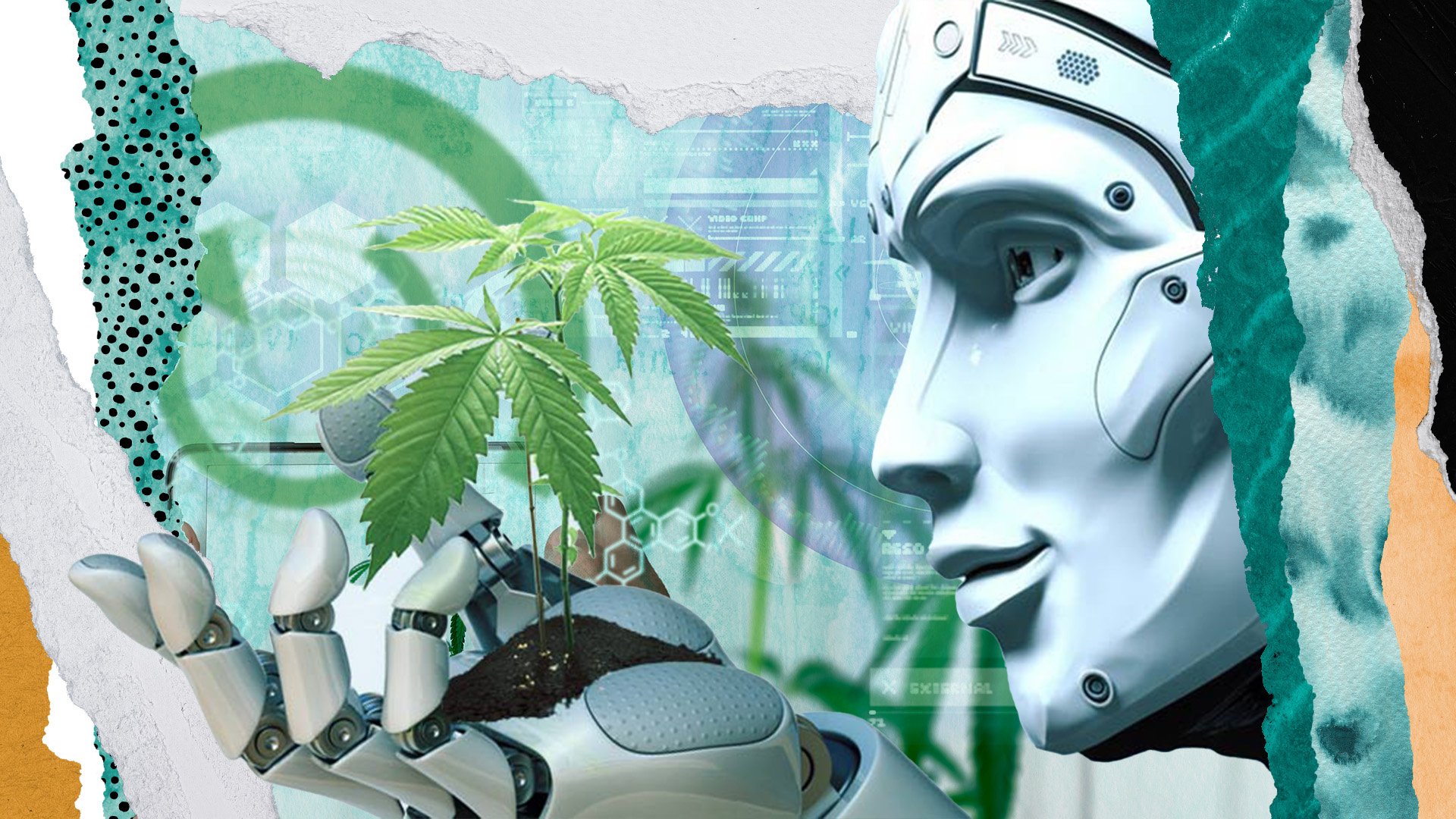A recent study published in the journal Drug and Alcohol Dependence found that cannabis use goes up by an average of 13% between the beginning and end of the year. It appears that seasonal variation has an influence over the increase in consumption together with new year resolutions. Dr. Joseph Palamar explains that, “We think this may be due, in part, to a ‘Dry January’ in which some people stop drinking alcohol or even stop using marijuana as part of a New Year’s resolution.”
Seasons Can Impact Substance Use
Dr. Joseph Palamar is an associate professor at NYU Grossman School of Medicine, an affiliated researcher with the Center for Drug Use and HIV/HCV Research at NYU School of Global Public Health, and the lead author in this study. An example of how seasonal variation can impact substance use, the study states that “prior research shows that alcohol and drug use vary by time of year, with drug use often increasing during summer months, possibly due, in part, to social events.” Another example includes heavy drinking reduction programs at colleges which tend to begin during the summer. In order to get a better understanding of seasonal trends in cannabis, Dr. Palamar and his team of researchers assessed the data of 282,768 individuals consisting of adolescents and adults.
These participants responded to the survey on the National Survey on Drug Use and Health between 2015 to 2019. The survey consisted of a series of questions concerning cannabis consumption within each calendar quarter grouped as January through March, April through June, July through September, and October through December. The seasonal trends occurred regardless of sex, ethnicity, and education level. The research found that teenage use of cannabis also increased during the summer and declined in winter and spring. The average 13% increase between quarters of the year is independent of the increase in consumption from year to year.
The study suggests that “recreational use may be driving the growth throughout the year, as similar small increases occurred among those living in states with and without legal medical marijuana, and among those without a prescription for medical marijuana”. As for the drop in consumption during winter, several factors can contribute to this such as a lower available supply of cannabis, quitting or reducing cannabis consumption as part of a New Year’s resolutions as well as the season keeping people indoors.
Researchers Should Consider Seasonal Variation for Best Results
Co-author of the study, Austin Le, explains that “ultimately, we hope that these findings can be utilized by researchers and clinicians alike” and that “researchers studying marijuana use should consider seasonal variation, as surveys administered at the end of the year may yield different results at the beginning of the year. And for those who wish to reduce marijuana use, it appears the best time for such targeting may be later in the year when the use is highest.” Additionally, the study reported that individuals who use other substances, particularly LSD, presented with larger increases in cannabis consumption. In addition to the authors of the study, Palamar and Le, Benjamin Han from the University of California also assisted.
Why You Should Get Your Medical Marijuana Card
Veriheal has satisfied millions of patients nationwide by giving them access to these benefits
- Larger purchase limits
- Peace of mind
- Enhanced legal protection
- Access to higher potency strains
- Save up to 25% on cannabis purchases
- Skip the line at the dispensary
This study by Dr. Palamar and his team was funded by NIDA, an organization which seeks to classify all drug use as pathological. When you consider that the studies results assist with informing the best time to run “anti-drug” campaigns or the best time to cease cannabis consumption, it makes sense that NIDA would fund such a study.
There Are Still Some Consistencies
New Frontier Data assessed to what extent seasonality affected cannabis demand in America and found that vaping cannabis products remain “rather consistent throughout the year, with minimal seasonality detected” and that “topicals and tinctures appear to be rather counter-cyclical, where spending amounts increase when flower, vape and extract spends decrease.”
Additionally, they found that spending on edibles is rather consistent despite fluctuations over time. They also explained that retailers and suppliers can utilize such data differently but specifically to determine “where there is the highest level of demand and spending, and increase supply during those months to maximise their revenues.” Additionally, retailers will also adjust their prices strategically in order to increase demand and to avoid idle inventory.
The study conducted by Palamar has highlighted the following takeaways from their research:
- Variances in cannabis consumption throughout the seasons are independent of annual increase.
- Quarterly increases peak in the fourth quarter and decreases in the following first quarter.
- Medical use of cannabis does not drive these variations in consumption between seasons, but rather recreational use.
- Recreational cannabis consumers who consume other drugs, particularly LSD, are also driving these seasonal increases in consumption.
- Lastly, any researchers who are estimating the prevalence of cannabis consumption should also consider the season effects.
Whether these findings are being used to determine the best times for “anti-drug” campaigns or whether to provide retailers and suppliers with data for stock and pricing, it is still valuable information for cannabis researchers and consumers.
Author, Share & Comments
















